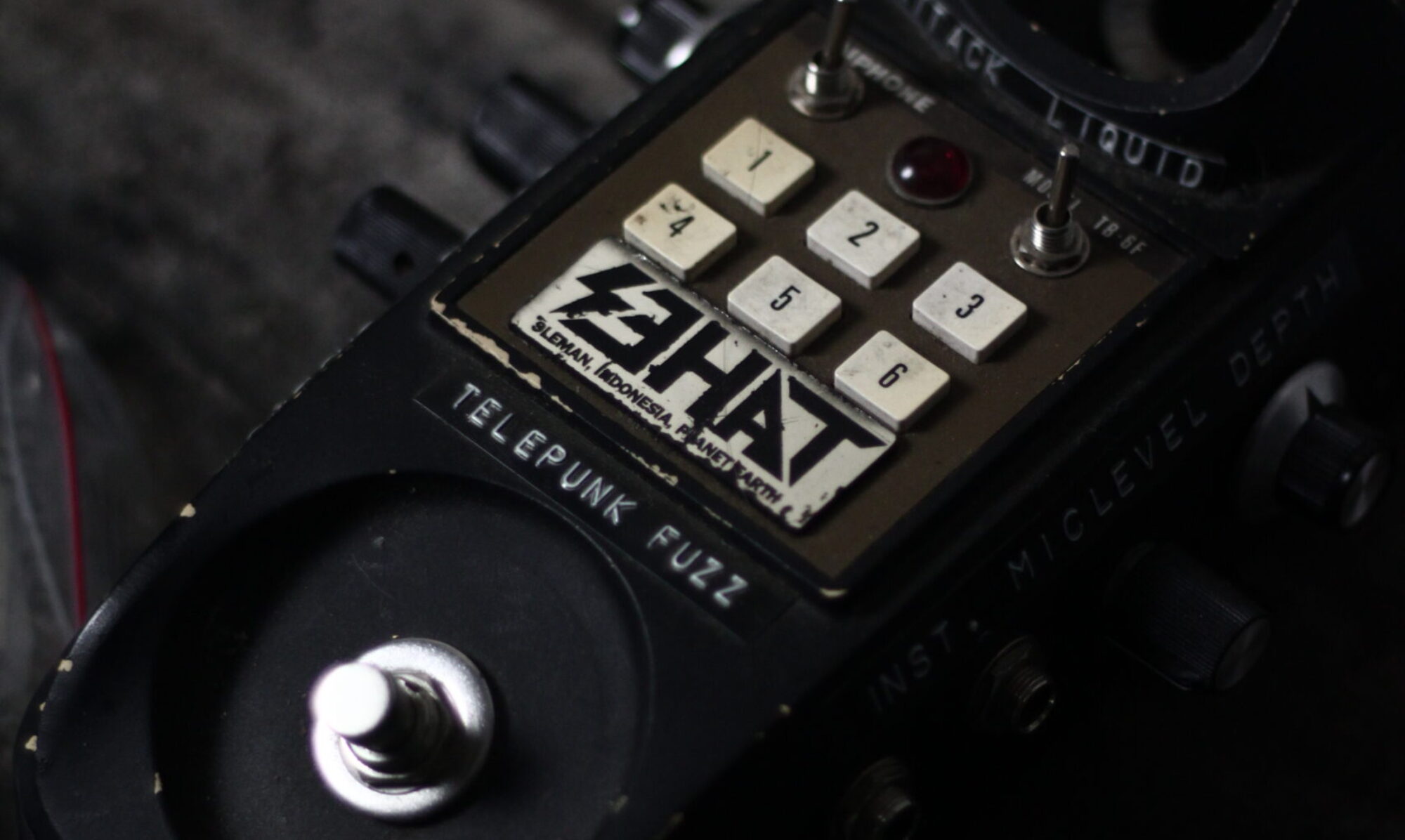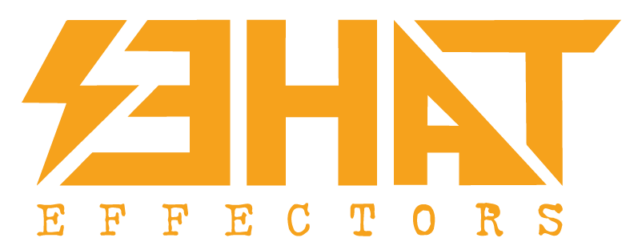Interview with Blake Bickel from Emerald Circuits

Hey Blake, thank for joint to interview. your pedal is interesting, its huge, and handwired, soo cool! so far what kind pedal you make?
Thank you for having me 🙂 I have been really focused on this gain circuit. I am also dialing in a fuzz pedal that I have been working on for a while, but still don’t have it up to my standards just yet. I started making the “Big Green Simple” because I needed a versatile gain pedal for my bass rig and I couldn’t find a pedal on the market that I liked. Once completed, the pedal ended up being perfect for guitar applications even though it was initially started out specifically for bass guitar.
Its like a hot rodded 57 Chevy. Easy and worth while to service/repair if needed, stripped down and simple in design, and commands your attention! I have huge feet and small pedals drive me crazy. When I am playing – I am focusing on the instrument in my hands and yelling into a microphone. I need a big easy target for my feet – Haha!
Since the introduction of the Big Green Simple I have had many artists I admire reach out and beg me to make it just a little smaller so they can fit it on their pedal boards. I recently caved in and revamped the layout, putting it in the smallest enclosure I can manage (which is still a big pedal by most standards) I didn’t want it to just be a smaller version of the Big Green Simple, so I also added an alternate clipping diode circuit on a toggle switch. I call that pedal the “Little Black Simple” and for the time being have discontinued its predecessor – The Big Green Simple.
Your Little Black pedal is overdrive pedal based on Ibanez Tube Screamer right? Or its different? What is the different than standard Tube Screamer?
The Little Black Simple is very loosely based on a Tube Screamer in that its a dual opamp gain circuit. Having said that, you could just as easily say its based on a MXR Distortion Plus, Ross Distortion, or Boss DS1 – which all have a similar skeletal circuit but each was taken in different directions. I spent months experimenting with all those circuits until I had stripped it down to the essential components and tweaked it to taste. To give you an idea… the last time I counted, I think the Tube Screamer has around 60 components in the circuit and my pedal has 20. All the above mentioned pedals have characteristics I liked, however failed to deliver “THAT SOUND”. In my opinion they all lacked a decent bass response, were overly compressed with a muted presence, and lacked the ability to sound full of life. So in a condensed statement, you could say – The Little Black Simple has a ton more bass response, a dynamic range that puts it in a different ball park, a wider gain sweep allowing it to be way more subtle if needed, and in general allows your pick attack and subtle nuance of playing style to cut through even when cranked.
Talking about Overdrive pedal, for me the best overdrive pedal is Boss Blues Driver, i never like Tube Screamer, but your pedal is kick ass! There is so many pedals based on tube screamer, what is your favourite tube screamer clone?
Like yourself, I am not a huge fan of the Tube Screamer and have yet to find a clone that captures my attention – Haha!. My favorite overdrive pedal that I have come across is Earthquaker Devices’ Monarch. I repaired one for a friend recently and was blown away. Very versatile, not overly compressed unless you dial it that way, and a full balanced sound. In addition to that I am a fan of their product designs. I get a lot of friends hitting me up to repair a random mass manufactured pedal and they are just unrepairable… or rather not worth repairing in a cost effective manor. Most pedal companies out there are using micro surface mounted components that typically lead to the pedal being discarded when it malfunctions. I absolutely HATE that. So far, I have been able to repair every Earthquaker pedal that has been sent my way. I respect that they are taking the time and money to make a pedal that doesn’t need to be thrown away when it inevitably fails. Not only is that super important to me as a maker of effect pedals but as a consumer wanting to spend my money wisely… and not keep buying the same pedal over and over again.
Lets talk about transparent overdrive. I never get it, if its transparent why you need guitar effect? It guitar effect, and should “effect the sound”,hahahaha…why not just turn up the amp?hahaha
Haha, thats an excellent question. I reckon that talking about sound is difficult in that industry terms have different meaning from person to person…. depending on context and personal experience/application. To me… transparency means not being overbearing. I don’t want a distortion to be flat in terms of dynamics and shape of the sound. I want to be able to hit my string softly and get 1 type of breakup and distortion texture, and then hit the string harder and get a totally different texture in both saturation and output level. I feel too many pedals out there suck the life and dynamics of a players sound. If I want compression and brick wall limiting I will add a different pedal into my chain and not have the choice made for me. When I am talking about transparency I want to be able to have heavy distortion and still hear subtle nuances from my fretting hand and pick attack. Haha!! I want it ALL I want distortion AND to still hear the clearly defined attack of the notes!
What is the best Bass Overdrive pedal?
Before I designed my pedal I used an MXR M80. Its a fantastic pedal that can be used for a variety of applications. I initially liked it because it had a blend function. You can crank the gain and get a fat wall of grit and then blend your clean signal with the distortion and find that happy medium between gnarly distortion and note definition. Too many bass pedals out there either cut out the low end punch of your bass or if they do have decent low end presence – get muddy and sound like garbage. The MXR M80 is like a bass pre amp. You can split the signal into 2 outputs – clean and effected, it has a balanced DI XLR output, a noise gate, and decent EQ. Absolutely a swiss army knife of a pedal. I still use mine on my pedal board but now I use it as a buffer and signal splitter. I have since found a gain pedal I like a lot more – HAHA!

